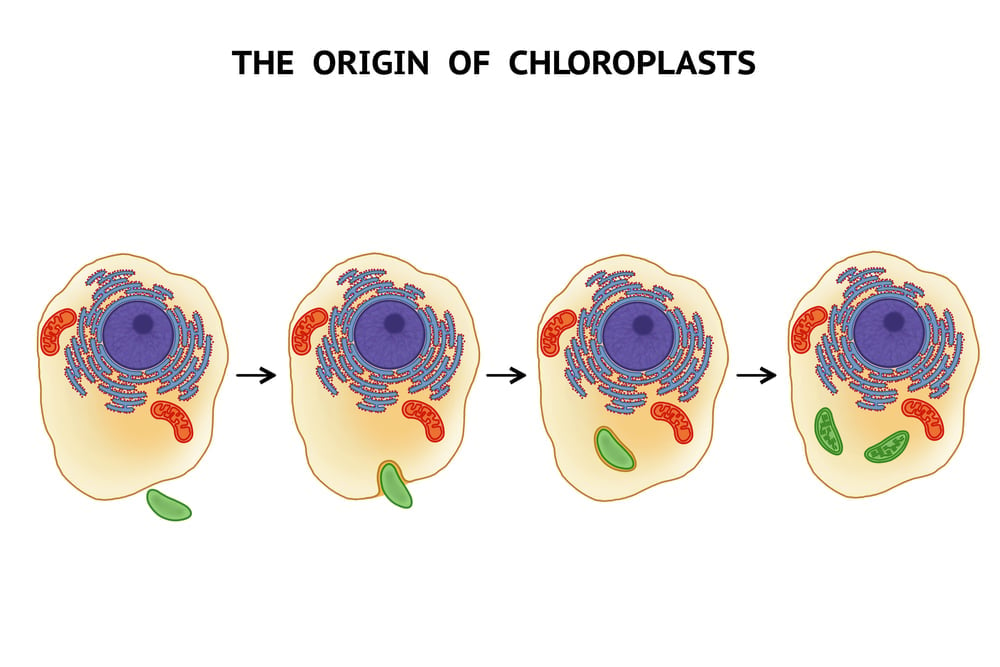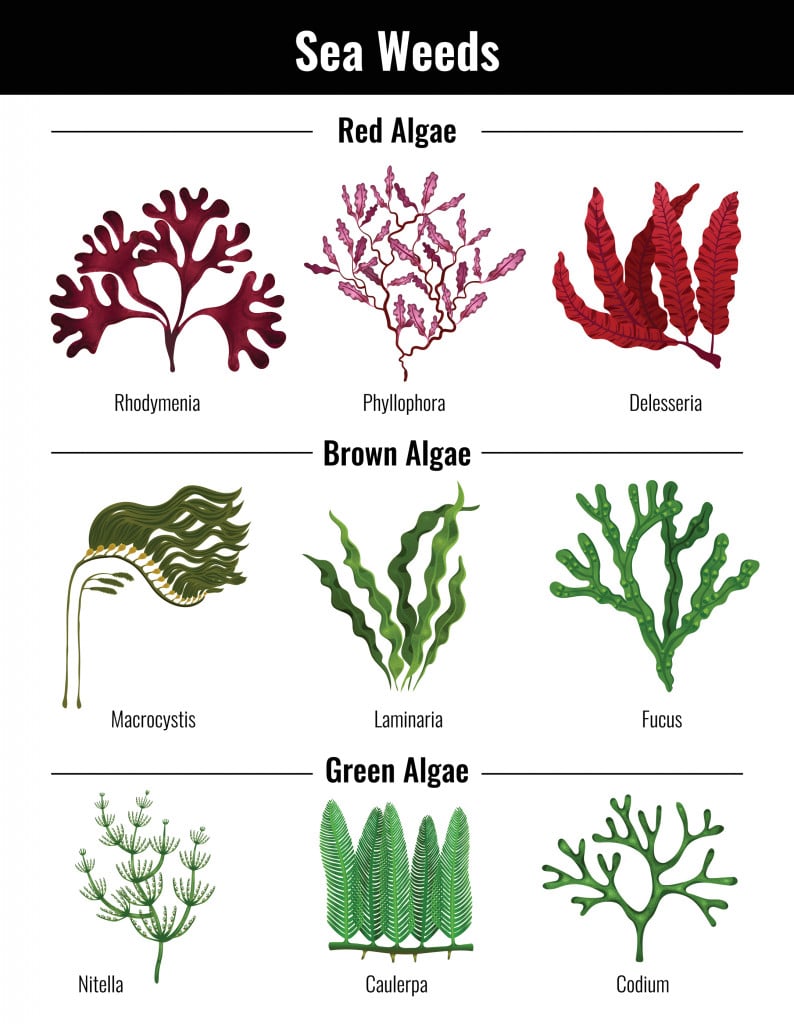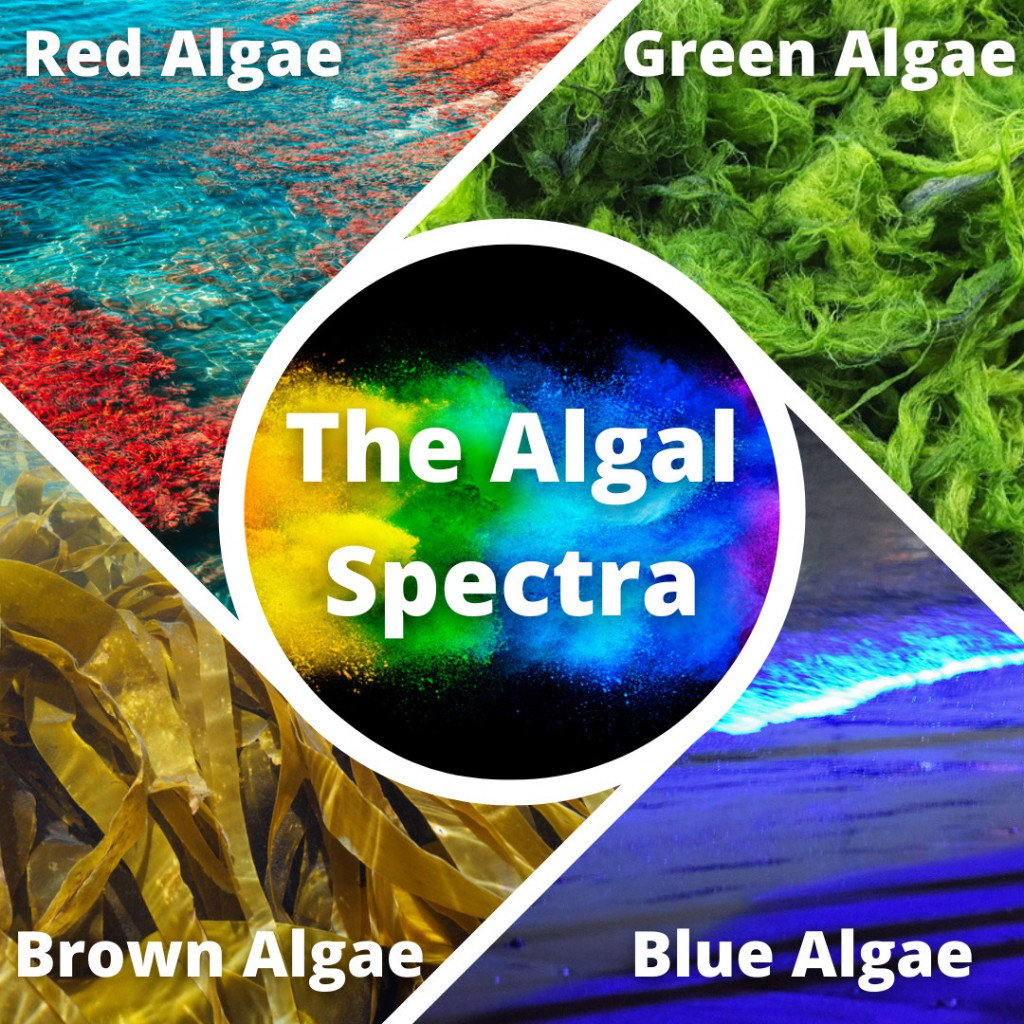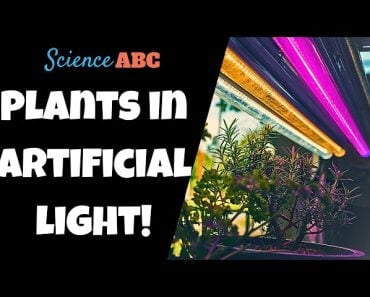Unlike plants, photosynthetic algae don’t need to be green. Many algae, such as those in the ocean, come in a variety of colors, ranging from red to purple. They simply have different photosynthetic pigments that allow them to absorb the light of different wavelengths.
Algae is far more than just irritating green scum at the bottom of your fishbowl. Algae contribute 50% of the oxygen of the Earth’s atmosphere. They belong to the kingdom Protista, a large group composed of mostly unicellular eukaryotic organisms.
It is very important to understand the role played by algae in the structural framework of our planet’s atmosphere.
Recommended Video for you:
Algae, The First Plants
To understand why I call algae colorful rainbow plants, it’s critical to know a bit about the evolution of life.
Four billion years ago, Earth’s atmosphere was reduced because of gases such as carbon dioxide, methane, and water vapor.
Sunlight split water vapor into oxygen and hydrogen, but the oxygen was used for the combustion of methane, leaving the atmosphere without any oxygen. This led to the sustenance of anaerobic life.

Today, we live in an atmosphere with 21% oxygen that supports aerobic life, but how did this transformation happen?
The atmosphere became filled with oxygen in 2 phases:
- The nascent stage, during which cyanobacteria introduced oxygen to the earth’s atmosphere (2.7 billion years ago)
- The growth stage, during which the algae suffused the earth with 21% oxygen (1.7 billion years ago)
Nascent Stage
About 2.7 billion years ago, cyanobacteria—the path-changing bacteria, with their remarkable ability to make their food by photosynthesis—came into existence. This was the first biological step towards trapping energy from sunlight and converting it to chemical energy. And as we know, oxygen was the byproduct.
Methane, a greenhouse gas, was replaced by oxygen, which slowly formed the ozone layer. However, the oxygen level was still not sufficient to support a dominance of aerobic life.
Growth Stage
1.7 billion years ago, the first single-celled eukaryote, algae, came into existence. These early eukaryotes probably engulfed cyanobacteria, but instead of digesting the autotrophic bacteria, the eukaryotes learned to live in symbiosis, giving rise to the diverse world of algae we still see today. The engulfed cyanobacteria with its chlorophyll evolved to become the chloroplast. This evolutionary process is popularly known as the ‘endosymbiotic theory.’ Several evolutionary factors led to the birth of algae, which exist as many species that vary in size, color, shape, taste, and geographical location.

Algae Exist As A Rainbow Of Colors
Not all algae are green, as they come in different colors. In addition to chlorophyll, many algae possess additional pigments called phycobilin, which masks chlorophyll.
The Spectrum Of White Light

White light or visible light is a spectrum of different colors with wavelengths ranging from 380 to 700nm. The colors are in the order of red, orange, yellow, green, blue, indigo and violet, which merge to form white light.
How Do We Perceive Color?
What we see as the color of an object is actually the color that is reflected by the object.
For example, a black body absorbs all seven colors of light and nothing is reflected, so it appears black. Remember, black is not a color; it is the absence of color.
In contrast, white light reflects all wavelengths of light, which then merge together to become white light, and the object can therefore be seen as a white object.
Why Do Terrestrial Algae/green Plants Appear Green?
Sunlight is a mixture of all the colors of light that combine to form the color white.
Chlorophyll is the photosynthetic pigment that absorbs red to yellow wavelengths and reflects green light, which makes plant appear green.

So Why Do Some Algae Come In Other Colors?
Algae that grow on the surface of water absorb red light and reflect green light, and thus appear green.
However, red light cannot penetrate deep water the way blue light can. Therefore, algae that grow deep in the ocean have accessory pigments, such as phycobilin, which absorb blue light and then transfer the energy to chlorophyll for photosynthesis to occur. The different pigment in algae carries different pigments for the transfer of energy to chlorophyll, which is why algae comes in colors other than green.
Algae In All Its Colorful Glory
Macroalgae come in three major types: Brown algae, green algae, and red algae. All algal species carry chlorophyll, but their characteristic color is due to other pigments that mask the green chlorophyll.

Red Line: has chlorophyll a and phycoerythrin. They are also called coralline algae, as they help to create tropical reefs. They are part of Asian food dishes, such as nori agar and carrageenan.
Brown line: has chlorophyll a and c. These are generally marine forms, can grow up to 30 meters long, and are popularly known as kelp. They are the major source of alginate.
Green Line: has chlorophyll a and b. This is a diverse group with over 7500 species.
Fluorescent Line: Dinoflagellates are unicellular organisms that display bioluminescence.

A Final Word
The omnipresent algae is found on land and in water. It is believed to be the Food of the Future, as it already provides food for the tiniest shrimp all the way to the enormous blue whale. Algae represent a rich source of proteins, omega-3 fatty acids, vitamins and essential minerals. They are also being considered as the Fuel of the Future and the Fertilizers of the Future.
No matter how hard you try, it’s hard to avoid algae, and given its likely role in our sustainable future, we should all get used to algae in our lives!












